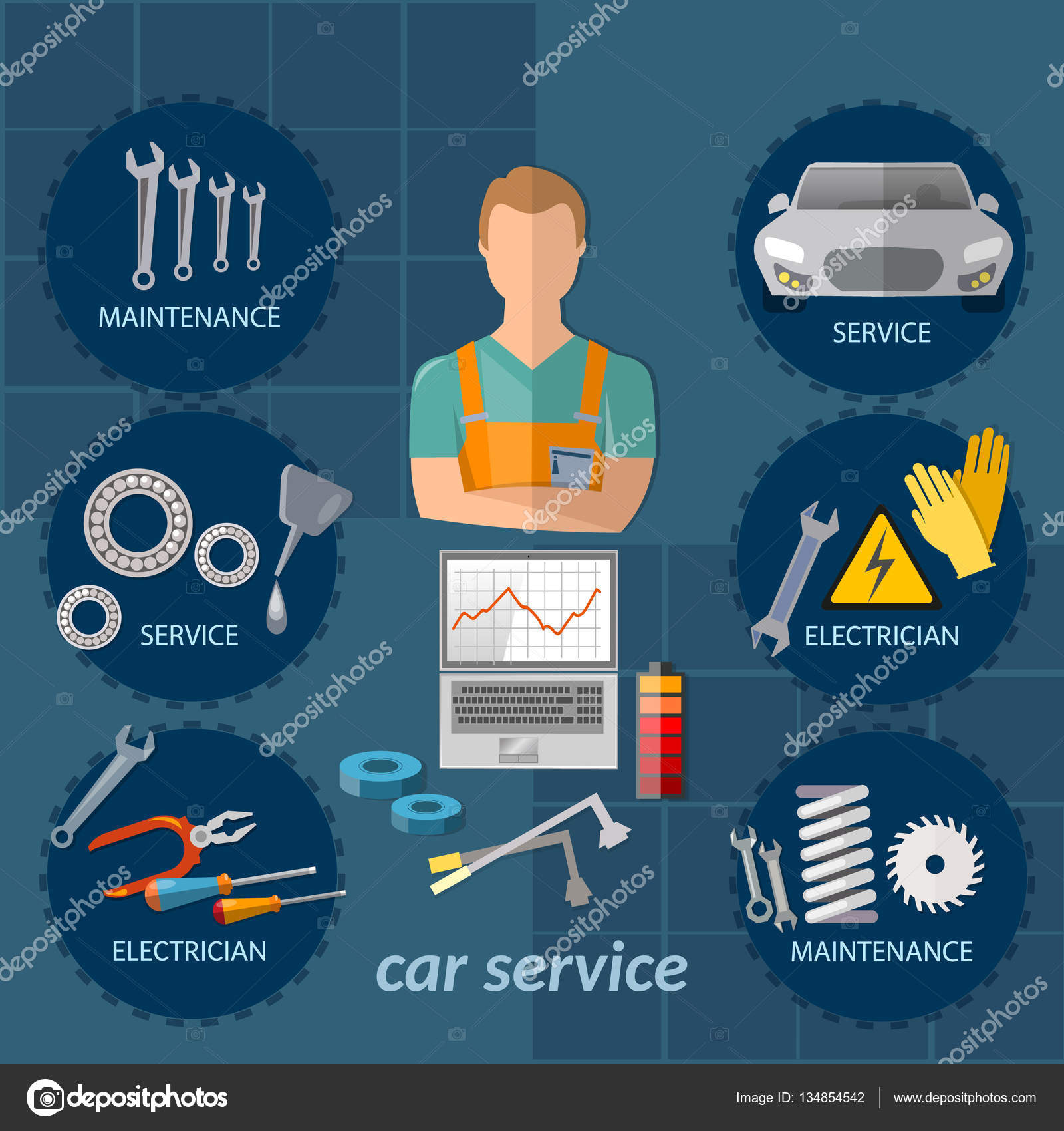Eager To Know What The Control Panel Warning Lights In Your Cars And Truck Symbolize? Discover Their Meanings For The Health And Safety And Security Of Your Automobile
Eager To Know What The Control Panel Warning Lights In Your Cars And Truck Symbolize? Discover Their Meanings For The Health And Safety And Security Of Your Automobile
Blog Article
Short Article Writer-Boye Stark
When you're behind the wheel, those beautiful caution lights on your control panel can be a little bit complicated. Do you know what they're trying to inform you concerning your automobile's health and wellness? Comprehending the importance of these lights is essential for your safety and the long life of your automobile. So, the following time among those lights turns up, would not you want to analyze its message precisely and take the essential steps to address it?
Common Caution Lights and Interpretations
Recognize typical warning lights in your cars and truck and understand their meanings to make sure secure driving.
The most common caution lights consist of the check engine light, which indicates concerns with the engine or discharges system. If this light begins, it's critical to have your automobile checked without delay.
The oil stress warning light indicates low oil stress, requiring immediate focus to avoid engine damage.
A flashing battery light could recommend a faulty charging system, possibly leaving you stranded otherwise resolved.
The tire stress surveillance system (TPMS) light informs you to reduced tire stress, affecting vehicle security and gas effectiveness. Overlooking this could lead to unsafe driving conditions.
The abdominal muscle light suggests a problem with the anti-lock braking system, jeopardizing your capability to quit promptly in emergencies.
Lastly, the coolant temperature alerting light warns of engine getting too hot, which can lead to severe damage if not settled promptly.
Recognizing these common warning lights will help you address issues immediately and preserve safe driving problems.
Significance of Prompt Focus
Understanding the common caution lights in your automobile is just the initial step; the value of without delay resolving these warnings can not be stressed enough to guarantee your security when driving.
When a warning light illuminates on your dashboard, it's your car's method of interacting a possible problem that needs attention. Ignoring these cautions can lead to more severe problems down the road, endangering your safety and possibly costing you much more out of commission.
Prompt interest to advising lights can avoid breakdowns and mishaps. As https://www.insurancejournal.com/news/southeast/2022/06/10/671389.htm , a blinking check engine light might show a misfire that, if left ignored, might cause damage to the catalytic converter. Resolving this promptly can conserve you from an expensive fixing.
Similarly, a brake system alerting light may signal reduced brake fluid or worn brake pads, vital elements for your safety and security when driving.
DIY Troubleshooting Tips
If you observe a warning light on your control panel, there are a few do it yourself fixing ideas you can attempt prior to looking for professional assistance.
The primary step is to consult your cars and truck's manual to comprehend what the certain warning light suggests. Occasionally the concern can be as easy as a loosened gas cap setting off the check engine light. Tightening up https://brake-check28394.is-blog.com/37597733/uncovering-regional-excellence-a-trip-to-quality-car-fixing-shops-near-you might fix the trouble.
Another common concern is a reduced battery, which can cause numerous cautioning lights. Examining the battery links for deterioration and ensuring they're safe and secure may fix the trouble.
If a caution light lingers, you can try resetting it by disconnecting the cars and truck's battery for a couple of minutes and afterwards reconnecting it. In addition, checking your automobile's fluid levels, such as oil, coolant, and brake liquid, can assist troubleshoot warning lights associated with these systems.
Conclusion
Finally, understanding your automobile's caution lights is vital for keeping your automobile running smoothly and securely. By promptly dealing with these notifies and understanding what they mean, you can avoid expensive repairs and potential malfunctions.
Remember to consult your car's manual for certain information on each cautioning light and do something about it appropriately to guarantee a trouble-free driving experience.
Remain informed, remain secure when driving!
